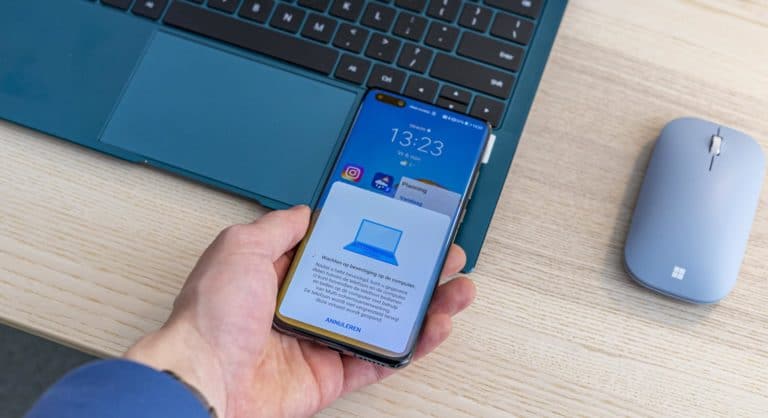Huawei developed a smartphone that can connect to the Chinese satellite system. The organization used new technology to circumvent US limits on its access to 5G technology.
The Mate 50 series, released on Tuesday, will allow users to interact via brief messages on the BeiDou satellite navigation network. The network is China’s equivalent of the Global Positioning System (GPS) developed by the United States.
As Huawei’s been subject to US investigation, the organization was denied access to premium 5G mobile processors, while competitors like Samsung and Apple already integrated the technology into their flagship products.
What does satellite access offer?
The Mate 50 series will allow users to transmit data through China’s BeiDou Navigation Satellite System (BDS) for emergency purposes when mobile networks are unavailable, Gartner analyst Arnold Gao said.
Compared to commercial mobile networks, BDS provides broader signal coverage, higher dependability, and widespread access, which can play a vital role in emergency communications in remote areas like deserts and oceans.
Gao said that by establishing the new service, Huawei surpasses Apple as the first smartphone manufacturer to deliver Satcom technology to the consumer market. It is worth noting that the short message communication service provided by BDS is not accessible from other global satellite systems, such as GPS or GLONASS.
Specifications
According to Huawei Central, the Huawei Mate 50 features a 6.7-inch OLED display with a resolution of 2700×1224, a refresh rate of 90Hz, a touch sampling rate of 300Hz and 1440Hz PWM dimming. It also boasts a triple camera system, including a 13MP super wide-angle camera and a 50MP primary camera.
